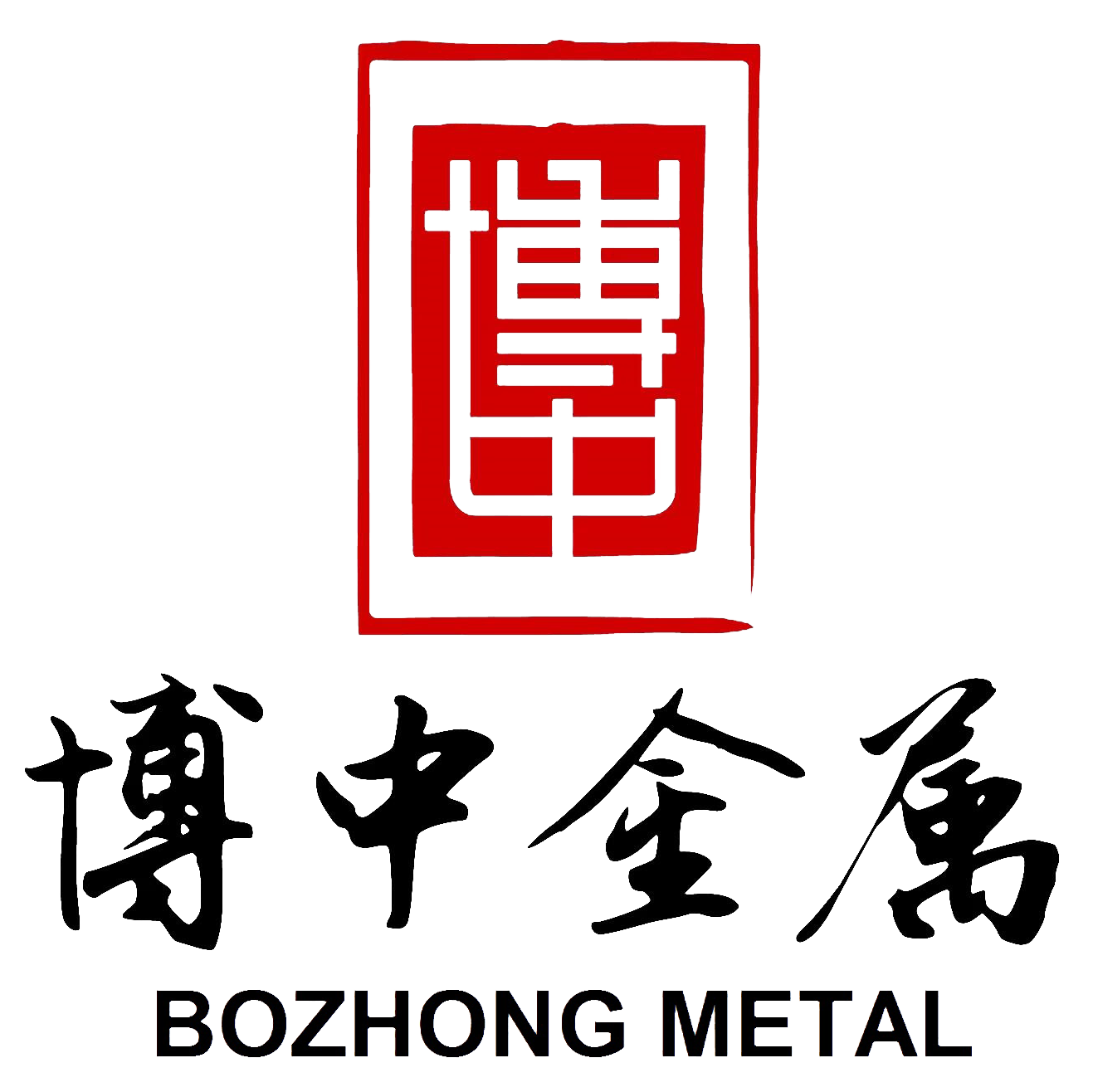Nimonic 115/2.4636 Sheet/Bar/Pipe
Parameter
Super alloys can be strengthened by precipitation hardening, solid-solution hardening and work hardening methods. These alloys can function under high mechanical stress and high temperatures and also in places that require high surface stability.Nimonic 115 is a nickel-chromium-cobalt-molybdenum alloy that can be precipitation-hardened. It has and suitable for oxidation resistance and high temperature strength.
Equivalent Grades
| Alloy Name | Trade Name | UNS No. | British Specs | American Specs | German Specs | French Specs |
| Alloy 115 | Nimonic 115 | BS HR4 | WS 2.4636 | AFNOR NCK 15ATD |
Nimonic 115 chemical composition
| Element | Content (%) |
| Nickel, Ni | 54 |
| Chromium, Cr | 14.0-16.0 |
| Cobalt, Co | 13.0-15.5 |
| Aluminum, Al | 4.50-5.50 |
| Molybdenum, Mo | 3.0-5.0 |
| Titanium, Ti | 3.50-4.50 |
| Iron, Fe | 1.0 |
| Manganese, Mn | 1.0 |
| Silicon, Si | 1.0 |
| Copper, Cu | 0.20 |
| Zirconium, Zr | 0.15 |
| Carbon, C | 0.12-0.20 |
| Sulfur, S | 0.015 |
| Boron, B | 0.010-0.025 |
Nimonic 115 physical properties
| Properties | Metric | Imperial |
| Density | 7.85 g/cm³ | 0.284 lb/in³ |
| Melting point | 1304°C | 2380°F |
Nimonic 115 mechanical properties
| Properties | Metric | Imperial |
| Tensile strength (precipitation hardened, value at room temperature) | 1300 MPa | 189000 psi |
| Yield strength (precipitation hardened, value at room temperature, @strain 0.200%) | 850 MPa | 123000 psi |
| Elongation at break (precipitation hardened) | 25.00% | 25.00% |
Products
- Stainless Steel Pipe/Tube
- Stainless Steel Sheet/Plate
- Stainless Steel Bar/Rod
- Stainless Steel Coil
- Stainless Steels
- Nickel Based Alloys
- High Strength Steels
- Pressure Vessel, Cryogenic, Pipe & Construction Steels
- Steels For Molds Tools And Die
- Tailor Made Products
- Wear Resistant Steels
- Protection Steel
TOP




